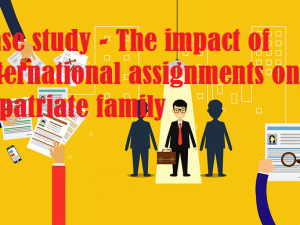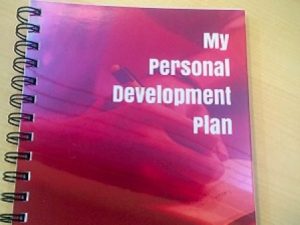| Table of Content |
Executive summary
1.0 Introduction
2.0 Critical review of the key terms
3.0 Case study analysis
3.1 Company background
3.2 Variables that moderate the differences between domestic and international HRM
3.2.1 The cultural environment
3.2.2 Attitude of senior management
3.2.3 Complexity of involved in operating in different countries and employing different national categories of employees
3.2.4 Extent of reliance of the multinational on its home country or domestic market.
3.2.5 The industry within which the multinational is primarily involved
4.0 Conclusion
5.0 Recommendations
References
|
| Preview |
Executive summary
In last few decades, international trade has been changed significantly due to globalization. Multinational enterprises (MNEs) face huge challenge to manage human resources when operations expands worldwide. These MNCs need to focus on conducting human resource practices by maintaining consistency throughout the world to maintain standards and control while adopting domestic conditions to get the best out of employees. This study focus on five variables that moderate difference between domestic HRM and International HRM which are the cultural environment, attitude of senior management, complexity of involved in operating in different countries and employing different national categories of employees, extent of reliance of the multinational on its home country or domestic market and The industry within which the multinational is primarily involved. This study has selected McDonald’s Corporation which is one of the largest MNEs in the world as a case study.
McDonald’s highly focus on cultural environment of domestic countries while maintain organization culture. Company has high energy culture which has strengthen by great history and company provide induction programs to every employees to introduce organization culture. On the other hand, McDonald’s respects flexibility and sensitivity of culture of host countries and conduct cultural study and take necessary actions before enter to new market. When it comes to attitude of senior management, they are in a mindset which ready for international assignment at any given time. McDonald’s has three different national categories of employees which home country nationals, host country nationals and third country nationals. Company concern on wellbeing of different types of employees to avoid culture shock. Even though, McDonald’s operates in more than 100 countries still company highly rely on its home market: USA. These findings are comprehensively discussed in this study.
Further, this study recommends to expand company’s global footprint specially in Asia to reduce the degree of reliance in USA and also it is recommended to improve training and development budget to allocate on development of employees in host countries.
1.0 Introduction
International human resource management (IHRM) is the mechanism of handling human resources by multinational enterprises (MNEs) worldwide without considering boundaries (Armstrong, 2012). During last few decades, international business has been developed significantly due to globalization. Globalization has created single international market for goods and services and it has changed dynamics of world trade. Thus, it also influence to change the HRM practices in global context. Specially, MNEs are faced many challenges when conduct operations in different countries which has different cultures, business environments and regulations. Many strong businesses have failed in global context due to poor HR management. Therefore, HR management is the most important part of the MNE. There are significant different between international human resource management and domestic human resource management. MNEs need to have common practices to manage consistency in HRM in global context and also flexibility to adopt local situation.
This study reviews the differences between domestic and international HRM in MNEs. As a MNE, McDonalds is selected to review the difference of domestics and international HRM practices. McDonalds is the one of the successful MNE which effectively manage international and domestic HRM. This study also defines and explains the key terms in this context such as MNE, differences in managing HR in foreign environment and different national categories of employees. There are five main variables that review the difference between domestic and international HRM. This study formulates strategies and practices designed to enhance organizational and individual performance of McDonalds. Further, this study also propose recommendations based on the analysis.
This assignment contains four main sections; literature review, case study analysis, recommendation and conclusions. In literature review, key terms mentioned above are defined. Case study analysis explains the company background of selected MNE and the reasons the particular MNE is selected. The main section of case study evaluates five variables that moderate the differences between domestic and international HRM.
|





